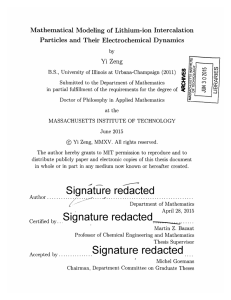CHEM-311-151-Course Information and Syllabus (m)
advertisement
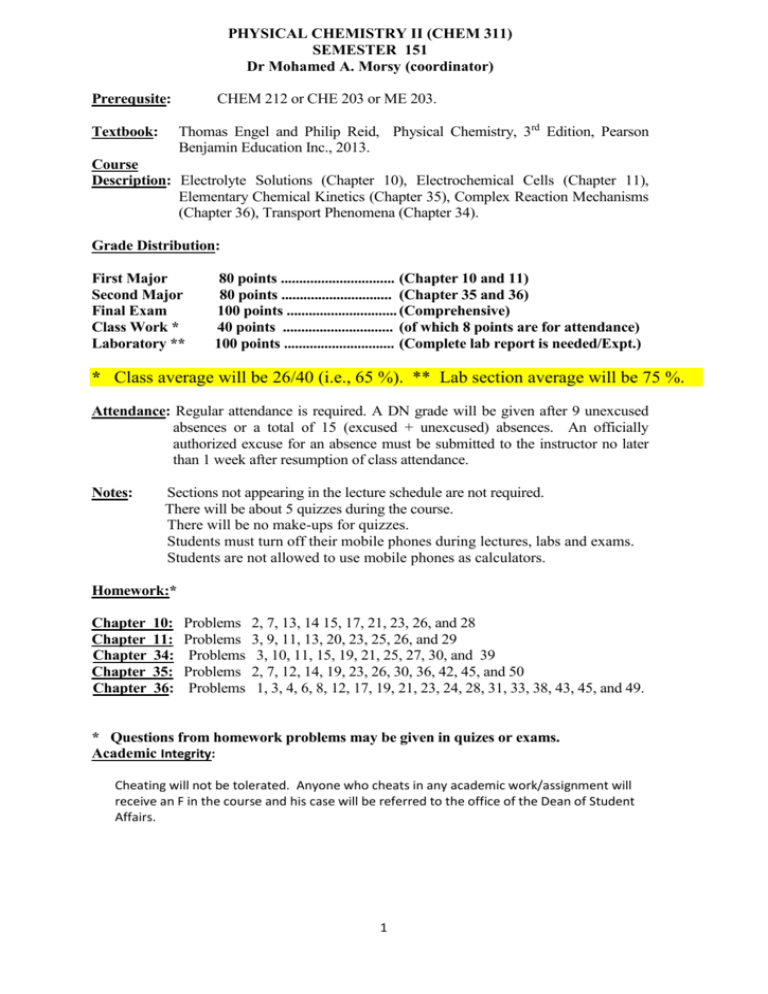
PHYSICAL CHEMISTRY II (CHEM 311) SEMESTER 151 Dr Mohamed A. Morsy (coordinator) Prerequsite: CHEM 212 or CHE 203 or ME 203. Thomas Engel and Philip Reid, Physical Chemistry, 3rd Edition, Pearson Benjamin Education Inc., 2013. Textbook: Course Description: Electrolyte Solutions (Chapter 10), Electrochemical Cells (Chapter 11), Elementary Chemical Kinetics (Chapter 35), Complex Reaction Mechanisms (Chapter 36), Transport Phenomena (Chapter 34). Grade Distribution: First Major Second Major Final Exam Class Work * Laboratory ** 80 points ............................... (Chapter 10 and 11) 80 points .............................. (Chapter 35 and 36) 100 points .............................. (Comprehensive) 40 points .............................. (of which 8 points are for attendance) 100 points .............................. (Complete lab report is needed/Expt.) * Class average will be 26/40 (i.e., 65 %). ** Lab section average will be 75 %. Attendance: Regular attendance is required. A DN grade will be given after 9 unexcused absences or a total of 15 (excused + unexcused) absences. An officially authorized excuse for an absence must be submitted to the instructor no later than 1 week after resumption of class attendance. Notes: Sections not appearing in the lecture schedule are not required. There will be about 5 quizzes during the course. There will be no make-ups for quizzes. Students must turn off their mobile phones during lectures, labs and exams. Students are not allowed to use mobile phones as calculators. Homework:* Chapter Chapter Chapter Chapter Chapter 10: 11: 34: 35: 36: Problems Problems Problems Problems Problems 2, 7, 13, 14 15, 17, 21, 23, 26, and 28 3, 9, 11, 13, 20, 23, 25, 26, and 29 3, 10, 11, 15, 19, 21, 25, 27, 30, and 39 2, 7, 12, 14, 19, 23, 26, 30, 36, 42, 45, and 50 1, 3, 4, 6, 8, 12, 17, 19, 21, 23, 24, 28, 31, 33, 38, 43, 45, and 49. * Questions from homework problems may be given in quizes or exams. Academic Integrity: Cheating will not be tolerated. Anyone who cheats in any academic work/assignment will receive an F in the course and his case will be referred to the office of the Dean of Student Affairs. 1 Course Content: Chapter 10: Solutions of Electrolytes (5 classes) Section 1: The Enthalpy, Entropy, and Gibbs Energy of Ion Formation in Solutions, Section 2: Understanding the Thermodynamics of Ion Formation and Solvation, Section 3: Activities and Activity Coefficients for Electrolyte Solutions. Section 4: Calculating γ+- Using the Debye-Hückel Theory, Section 5: Chemical Equilibrium in Electrolyte Solutions. Chapter 11: Electrochemical Cells, Batteries and Fuel Cells (9 classes) Section 1: The Effect of an Electrical Potential on the Chemical Potential of Charged Species, Section 2: Conventions and Standard States in Electrochemistry, Section 3: Measurement of the Reversible Cell Potential, Section 4: Chemical Reactions in Electrochemical Cells and the Nernst Equation, Section 5: Combining Standard Electrode Potentials to Determine the Cell Potential, Section 6: Obtaining Reaction Gibbs Energies and Reaction Entropies from Cell Potentials, Section 7: The Relationship between the Cell EMF and the Equilibrium Constant, Section 8: Determination of Eo and Activity Coefficients Using an Electrochemical Cell, Section 9: Cell Nomenclature and Types of Electrochemical Cells, Section 10: The Electrochemical Series, Section 11: Thermodynamics of Batteries and Fuel Cells, Section 12: The Electrochemistry of Commonly Used Batteries, Section 13: Fuel Cells (Reading Assignment) – (A one page report on this section may be requested by the instructor) Chapter 35: Elementary Chemical Kinetics (11 classes) Section 1: Introduction to Kinetics, Section 2: Reaction Rates, Section 3: Rate Laws, Section 4: Reaction Mechanisms, Section 5: Integrated Rate Law Expressions, Section 6: Numerical Approaches, Section 7: Sequential First-Order Reactions, Section 8: Parallel Reactions, Section 9: Temperature Dependence of Rate Constants, Section 10: Reversible Reactions and Equilibrium, Section 11: Perturbation-Relaxation Methods, Section 12: The Autoionization of Water: A Temperature-Jump Example, Section 13: Potential Energy Surfaces, Section 14: Activated Complex Theory, Section 15: Diffusion Controlled Reactions. 2 Chapter 36: Complex Reaction Mechanisms (10 classes) Section 1: Reaction Mechanisms and Rate Laws, Section 2: The Preequilibrium Approximation, Section 3: The Lindemann Mechanisms, Section 4: Catalysis, Section 5: Radical-Chain Reactions, Section 6: Radical-Chain Polymerization, Section 9: Photochemistry. Sections 36.9.4-36.9.6 (Reading Assignment) – (A one page report on photosynthetic light-harvesting may be requested by the instructor) Section 10: Electron Transfer. Chapter 34: Transport Phenomena (9 classes) Section 1: What is Transport? Section 2: Mass Transport: Diffusion, Section 3: The Time Evolution of a Concentration Gradient, Section 5: Thermal Conduction, Section 6: Viscosity of Gases, Section7: Measuring Viscosity, Section 8: Diffusion in Liquids and Viscosity of Liquids, Section 9: Sedimentation and Centrifugation, Section 10: Ionic Conduction. Learning Outcomes: On completing the course the students should be able to, Know the concepts behind the Debye Huckel model and be able to use the Debye-Huckel Limiting Law (DHLL) equation to obtain the mean ionic activity coefficient of an electrolyte. Know why and how the standard hydrogen electrode is used to arrive at the table of relative standard reduction potentials of other electrodes. Use half-cell potentials to set up electrochemical cells and give their representations. Use the Nernst equation to calculate the energies of cell reactions. Apply electrochemical cells to determine important physical properties such as equilibrium constant, solubility product, pH and activity coefficients. Differentiate between elementary and composite reactions and derive their rate laws. Realize the temperature dependence of reaction rates in the light of transition state theory. Recognize the kinetics of reactions catalysed on solid surfaces. Apply the steady state approximation to mechanisms of complex reaction and arrive at their rate laws. Know the different photophysical processes and calculations of flourescence times and yields of photochemical reactions. Know that transport properties are driven by concentration (diffusion), momentum (viscosity), and temperature (thermal conductivity) gradients and be able to solve problems on them. Know the expressions for the ionic conductivities of weak and strong electrolytes. 3 Chem-311-142 Class Schedule and Reading Assignments Remarks Lecture 1 2 Day U T Date 23-Aug 25- Aug Chapter 10 10 Section(s) 1,2 3 Or Notes 3 4 Th U 27-Aug 30-Aug 10 10 4 5 Lab 01 5 6 T Th 1-Sep 3-Sep 10 11 Quiz/Review 1 Introduction/Rejection Rule Experiment 7 8 U T 6-Sep 8-Sep 11 11 2,3 4,5 Lab 02 9 10 Th U 10-Sep 13-Sep 11 11 6,7 8,9 11 12 T Th 15-Sep 17-Sep 11 11 10,11 12 13 T 29-Sep 10/11 Review 14 Th 1-Oct 11 Quiz/Review Lab 03 Id al-Adha Vacation 18-28 Sep., 2015 st 1 Major Exam (Chpt 10 & 11) on Thursday Oct 1 (8:30 PM) Location to be Announced 15 16 U T 4-Oct 6-Oct 35 35 1,2 3,4 Lab 04 Mid Term Grade 17 18 Th U 8-Oct 11-Oct 35 35 5 6 Course drop W-Grade Lab 05 19 20 T Th 13-Oct 15-Oct 35 35 7 8, 9 21 U 18-Oct 35 10 22 T 20-Oct 35 11, 12 23 Th 22-Oct 35 13, 14 24 25 U T 25-Oct 27-Oct 35 35 14, 15 Quiz/Review 26 Th 29-Oct 36 1 27 U 1-Nov 36 2,3 28 T 3-Nov 36 4.1, 4.2, 4.3 29 30 Th U 5-Nov 8-Nov 36 36 4.4, 4.5 5, 6 31 32 T Th 10-Nov 12-Nov 36 36 9.1, 9.2 9.3 33 34 U T 15-Nov 17-Nov 36 36 10, 10.1 Quiz/Review 35 Th 19-Nov 35,36 Review 2nd Major Exam (Chpt 35 & 36) on Thursday Nov 19 (8:30 PM) 36 U 22-Nov 34 1.2 37 38 T Th 24-Nov 26-Nov 34 34 2,3 5 39 40 U T 29-Nov 1-Dec 34 34 6,7 7,8 41 42 Th U 3-Dec 6-Dec 34 34 9 10 43 44 T Th 8-Dec 10-Dec 34 10/11 Quiz/Review Review 45 U 13-Dec 35,36 Review Final Exam (Comprehensive) on Thursday Dec 17 (7:00 PM) 4 Lab 06 Lab 07 Lab 08 Semester drop W-grade Lab 09 No lab Location to be Announced Lab 10 Lab 11 Lab Grades Location to be Announced
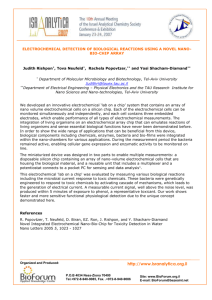

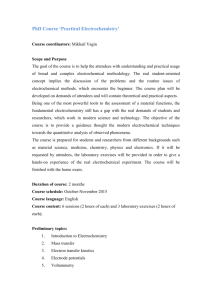
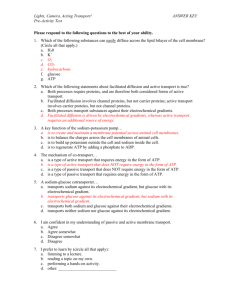

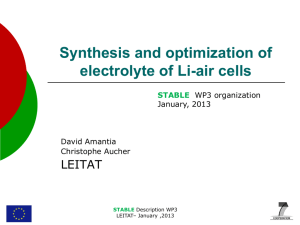
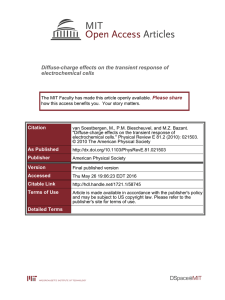
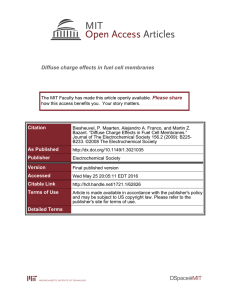
![BF[subscript 3]-Promoted Electrochemical Properties of Quinoxaline in Propylene Carbonate Please share](http://s2.studylib.net/store/data/011782194_1-b4792d628274e4b5ccdd49fa8c587380-300x300.png)
